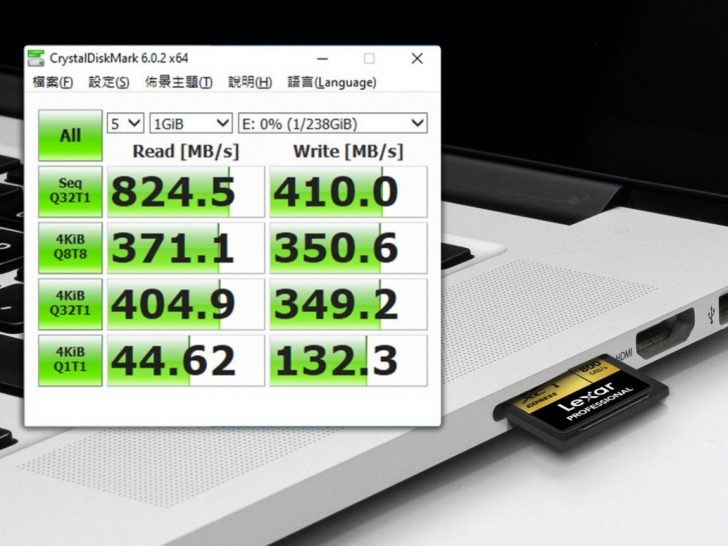San Jose, USA, June 23, 2021– Lexar, a leading global brand of memory solutions, is proud to announce the development of SD Express memory cards.
Lexar SD Express memory cards will leverage the PCI Express® (PCIe®) 4.0 specification delivering a maximum data transfer rate of nearly four gigabytes per second (GB/s). Able to transfer data up three times faster than the fastest UHS-II SD card available today1, SD Express has a theoretical max read speed of up to 985MB/s. These cards will also leverage the NVMe Express™ (NVMe™) protocol and are backward compatible.
Lexar SD Express memory cards are made to meet the increasing demands of users for moving large amounts of data including 8K video capture and playback, RAW continuous burst mode, 360-degree cameras and videos, and more data-intense applications and workloads.
Lexar will feature two technologies, SD Express and microSD Express memory cards. SD Express will become available in capacity options up to 512GB, and microSD Express with capacity options to 256GB.
Lexar SD Express and microSD Express memory cards will feature speeds of up to 824MB/s Read, and 410MB/s1 Write, respectfully. Lexar is currently working with manufacturers of relevant host devices as part of its early development and plans to launch in 2022.
“We are excited to announce the development of SD Express memory cards, which use the PCle 3.0 interface, marking an innovation in memory card technology. In the future, we will be able to use Lexar SD Express memory cards in many data-intense applications including videography, photography, 360-degree applications, and automobile storage. This will bring users to a higher-performance experience,” says Jordan Zhong, Vice President of Lexar.
Lexar SD Express memory cards will be built with the Silicon Motion’s SM 2708 controller. “Many of the latest high-end cameras and mobile phones are capable of recording video in 8K and require a fast transfer rate. With the SM2708 controller now supporting the SD 8.0 specification which offers more than triple the throughput, applications such as 8K video capture, RAW photo capture, multi-channel IOT devices, multi-processing automotive storage and other applications requiring ultra-high data speeds are now possible,” says Nelson Duann, Silicon Motion’s Senior Vice President of Marketing and R&D.



I use Lexar 2000x cards for full size jpegs and can hit buffer in electronic shutter.
I never hit buffer with the CFExpress slot.
Can the camera actually make use of a faster card?
At events when I need the silent shutter, I have to turn jpeg size down one notch not to hit buffer.
the R5 isn't in there yet, but this is a good site to benchmark for future use: https://www.cameramemoryspeed.com/
-ws
Dual matching slots is way better in my opinion. I have 4 CF Express B cards and can use them all as main cards or in pairs(on the right camera). Why would I want to have 4 CF Express cards and 2-4 SD(express) cards?
I find having a ubiquitous card type can help pass off images to third parties quickly. I shoot RAW to my main card and when possible jpegs to an SD card. If I really need 'backup' there is little I can't save by just having a jpeg but I can give that card to practically anybody and they can upload those files either with or without editing software to social media to raise awareness of their event quickly and easily.